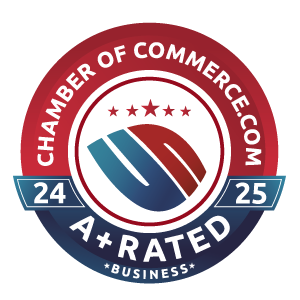Buying a home in Florida is one of the most exciting milestones in life, whether you’re purchasing your first property or upgrading to a new residence. However, navigating the mortgage process can feel intimidating if you’re not sure where to start. This guide breaks down everything you need to know about securing a home mortgage in Florida in 2025—from understanding loan options to preparing your finances.
Step 1: Review Your Financial Situation
Before applying for a mortgage, take a detailed look at your finances. Lenders evaluate your income, credit score, debt-to-income ratio, and employment history to determine your eligibility. Aim for a credit score above 620 to qualify for most loan programs, but the higher your score, the better your interest rate will be. Pay down credit cards and avoid large purchases before applying.
Step 2: Save for a Down Payment and Closing Costs
The down payment amount depends on your loan type. Conventional loans typically require 3% to 20%, while FHA loans allow as little as 3.5% down. Veterans and active-duty military may qualify for VA home loans with zero down payment. In addition, budget for closing costs, which range from 2% to 5% of your loan amount.
Step 3: Get Preapproved
Getting preapproved for a mortgage helps you understand how much home you can afford and shows sellers you’re a serious buyer. During preapproval, your lender will verify your income, credit, and assets. This step provides a preapproval letter, which is vital when making an offer in competitive Florida markets like Miami, Orlando, Tampa, and Jacksonville.
Step 4: Compare Mortgage Options
Florida homebuyers have access to several loan types:
-
Conventional Loans: Ideal for borrowers with good credit.
-
FHA Loans: Great for first-time buyers with lower credit scores.
-
VA Loans: Exclusive to veterans and active-duty military with no down payment.
-
Bank Statement Loans: Designed for self-employed borrowers who use income from bank statements instead of W2s.
If you’re buying a high-value property, a jumbo loan might be necessary. Jumbo loans exceed conventional lending limits but are common in luxury Florida markets such as Miami Beach and Naples.
Step 5: Choose the Right Mortgage Broker
Working with a local Florida mortgage broker can make all the difference. A broker like My Miami Mortgage Broker can help you compare rates from multiple lenders, navigate unique loan products, and find programs tailored to your needs. Brokers can often secure better rates and terms than direct lenders because of their network.
Step 6: Submit Your Application
Once you’ve chosen a lender, submit your official loan application. Be ready to provide bank statements, tax returns, pay stubs, and proof of assets. Respond quickly to any requests to keep your application moving smoothly.
Step 7: Close on Your New Home
After your loan is approved, you’ll move into the final phase—closing. You’ll sign documents, pay closing costs, and officially receive the keys to your new home. Congratulations, you’re now a Florida homeowner!
Final Thoughts
Getting a home mortgage in Florida doesn’t have to be overwhelming. By preparing early, comparing options, and partnering with a trusted local broker, you can secure a loan that fits your lifestyle and budget. Whether you’re looking for a low-rate mortgage or specialized programs like bank statement loans, Florida offers plenty of choices for every type of borrower.






